While digging the foundation to rebuild a house that was destroyed in the conflict in Syria, a contractor unexpectedly discovered the remains of an ancient underground tomb complex, believed to be more than 1,500 years old.
The excavation site is in the town of Maarat al-Numan in Idlib province, a strategically important area located between the two major cities of Aleppo and Damascus.
As soon as they discovered the cracks in the ground that showed signs of ancient tombs, the locals immediately reported it to the Idlib Province Antiquities Department. The agency then sent a team of experts to inspect and protect the site.
Above the archaeological site is a residential area with rows of grey concrete houses, most of which were damaged in the conflict. Next to one house, a deep pit leads down to two burial chambers, each containing six stone tombs. A cross is carved on top of a stone pillar.
Hassan al-Ismail, Director of the Idlib Province Antiquities Department, said that based on the cross symbol, ceramic and glass fragments found, the tomb complex was determined to date from the Byzantine period. The Byzantine Empire was formed in the 4th century AD, following the Roman Empire with its capital in Constantinople, now Istanbul, and Christianity as the state religion.
Mr. Hassan al-Ismail stressed that this discovery is an important addition to the rich local archaeological treasure.
Idlib province is home to one-third of Syria’s archaeological sites, with more than 800 archaeological sites and an ancient city. However, Idlib is also a flashpoint in Syria’s decade-long brutal conflict, a country that is still struggling to rebuild.
Spread across the rocky hills and plains of northwestern Syria are abandoned Byzantine settlements, known as dead cities, whose limestone ruins include ancient houses, basilicas, mausoleums and cobblestone streets.
Ghiath Sheikh Diab, a resident of Maarat al-Numan who witnessed the discovery of the tombs, said that in the past, some landowners had hidden archaeological discoveries on their land for fear that the government would reclaim them for conservation.
He hopes the current government will have a policy of adequate compensation for people when relics are discovered on their land, and at the same time support those who are displaced when they return.
During the conflict, many ancient sites in Syria have been severely damaged, not only by bombs but also by looting and illegal excavations. Some locals see hope for economic recovery in the ruins that remain. Local resident Abed Jaafar is one of them.
He shared that in the past, many international tourists came to Maarat just to admire these ancient relics. If the relics can be preserved and restored as before, the tourism industry and the local economy will certainly recover./.
(Vietnam News Agency/Vietnam+)
Source: https://www.vietnamplus.vn/phat-hien-quan-the-mo-co-duoi-long-dat-co-nien-dai-hon-1500-nam-tai-syria-post1043498.vnp








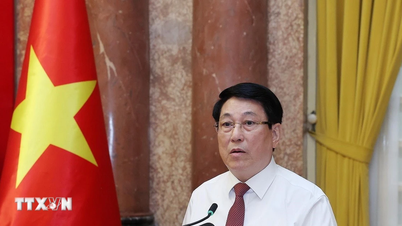
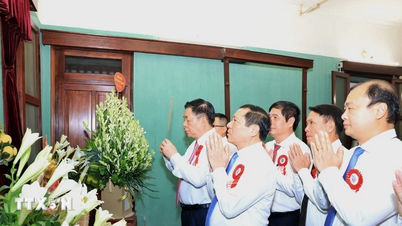













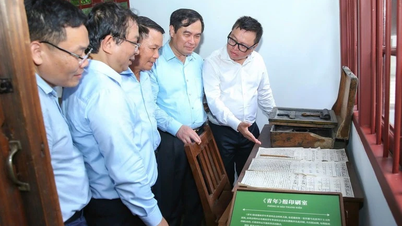
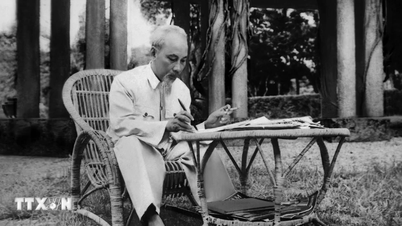
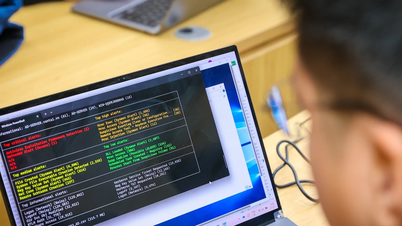



































































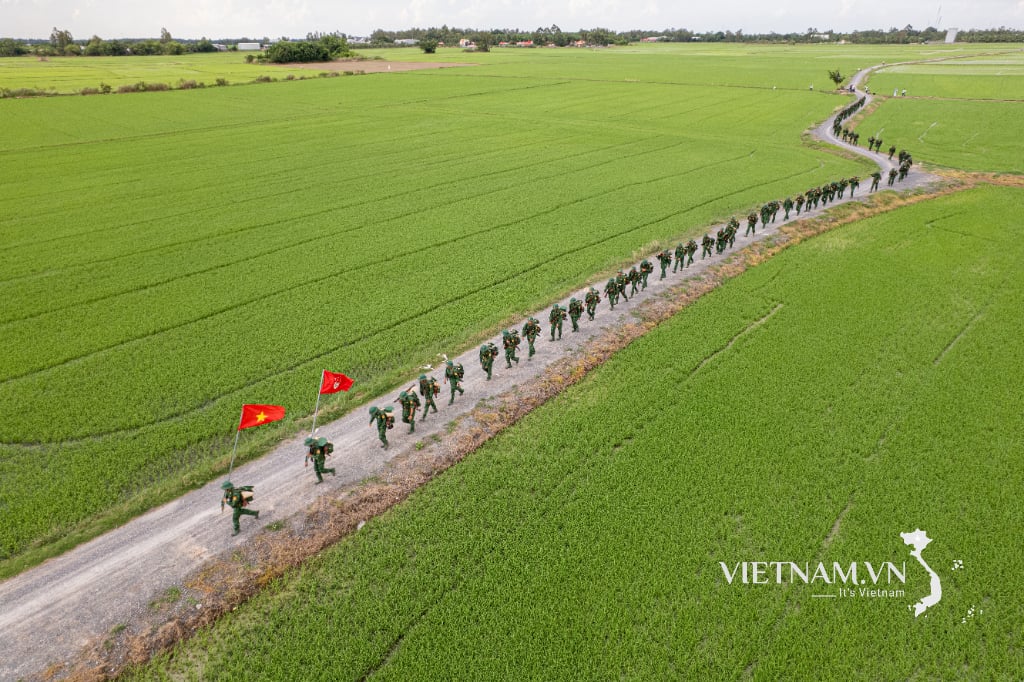



Comment (0)